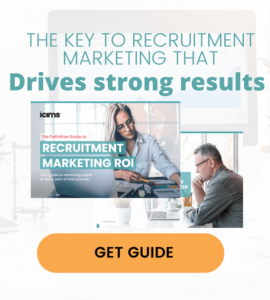

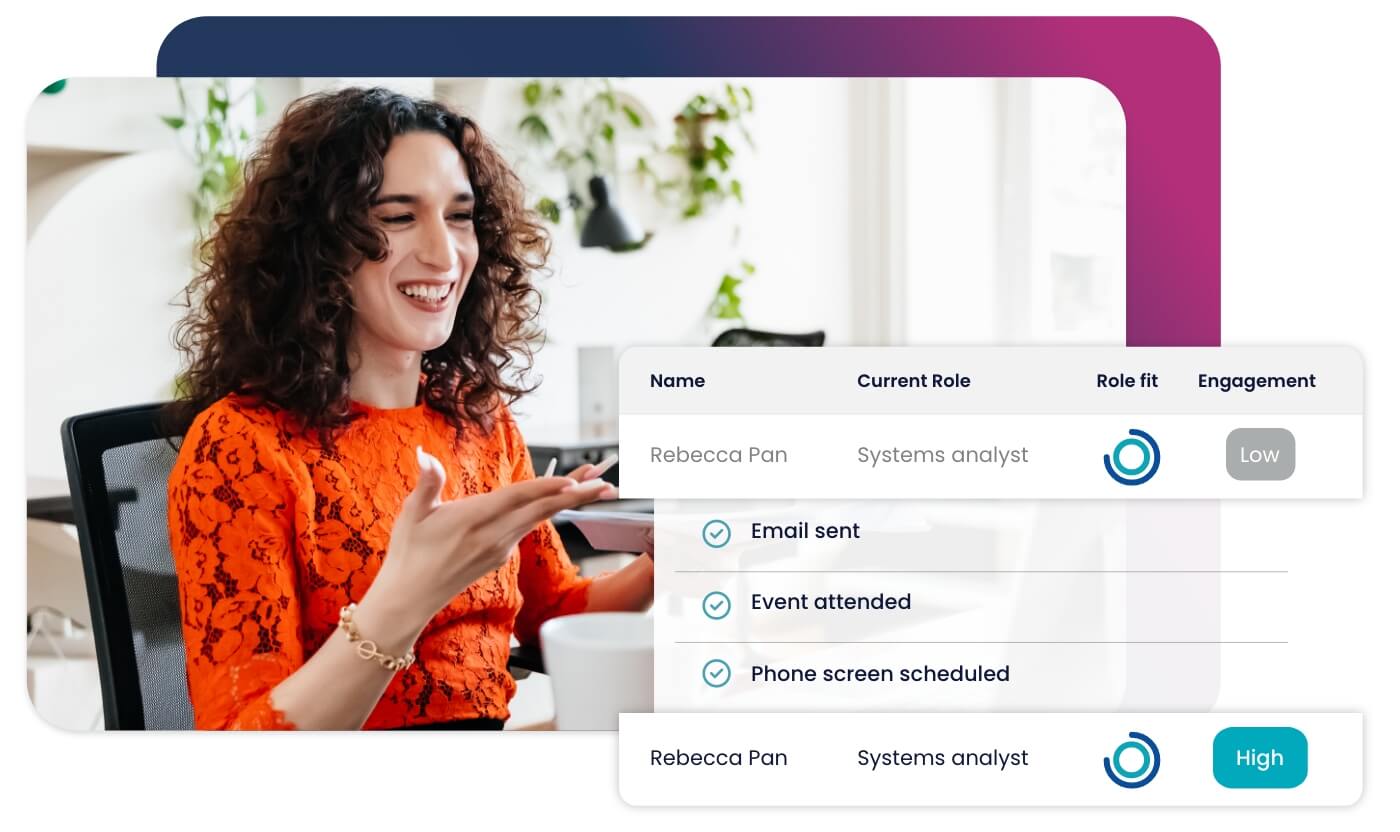



Accelerate hiring key talent to deliver care and exceed patient satisfaction.

Attract skilled candidates, speed up hiring and grow expertise in your workforce.

Simplify recruiting finance and banking talent with a platform for hard-to-fill roles.


Build a talent pipeline that engages and drives your business forward.


See how diverse and global enterprises use iCIMS to employ millions, drive innovation and connect communities worldwide.

Uncover unique market insights, explore best practices and gain access to talent experts across our library of content.


View press releases, media coverage, the latest hiring data and see what analysts are saying about iCIMS.

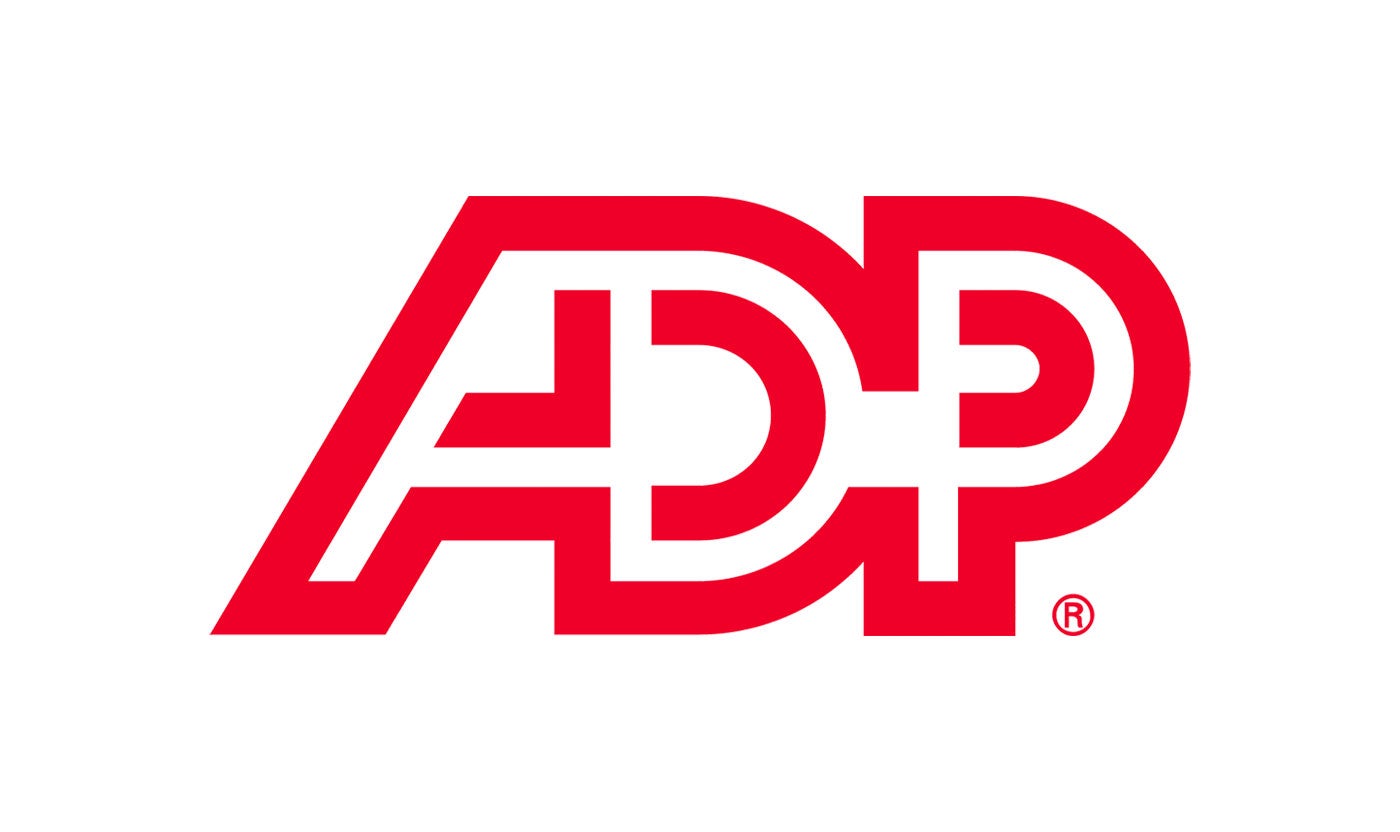
Streamline your tech stack and take advantage of a better user experience and stronger data governance with ADP and iCIMS.
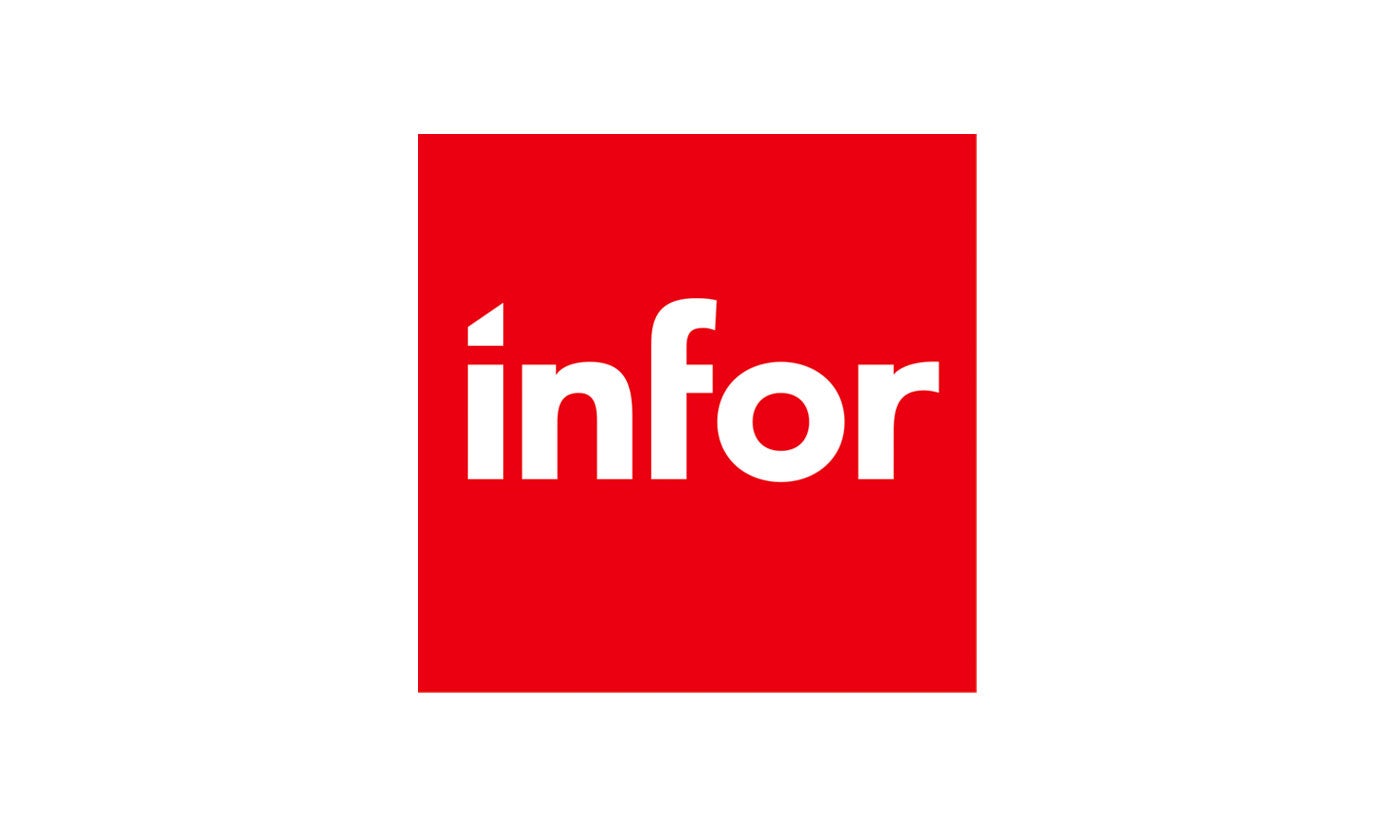
The combined power of iCIMS and Infor helps organizations strategically align their business and talent objectives.
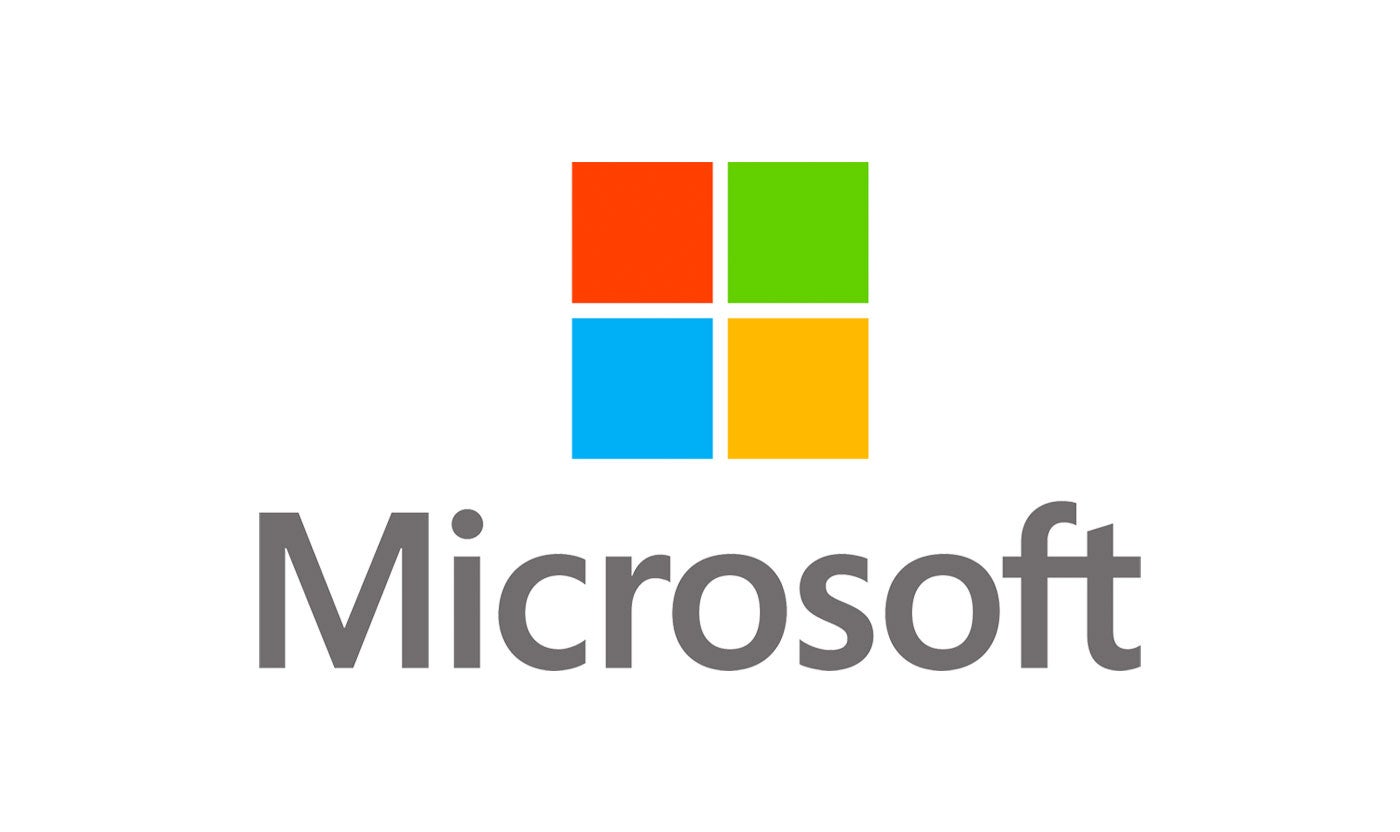
Our award-winning partnership with Microsoft is grounded in a shared desire to transform the workplace and the hiring team experience.
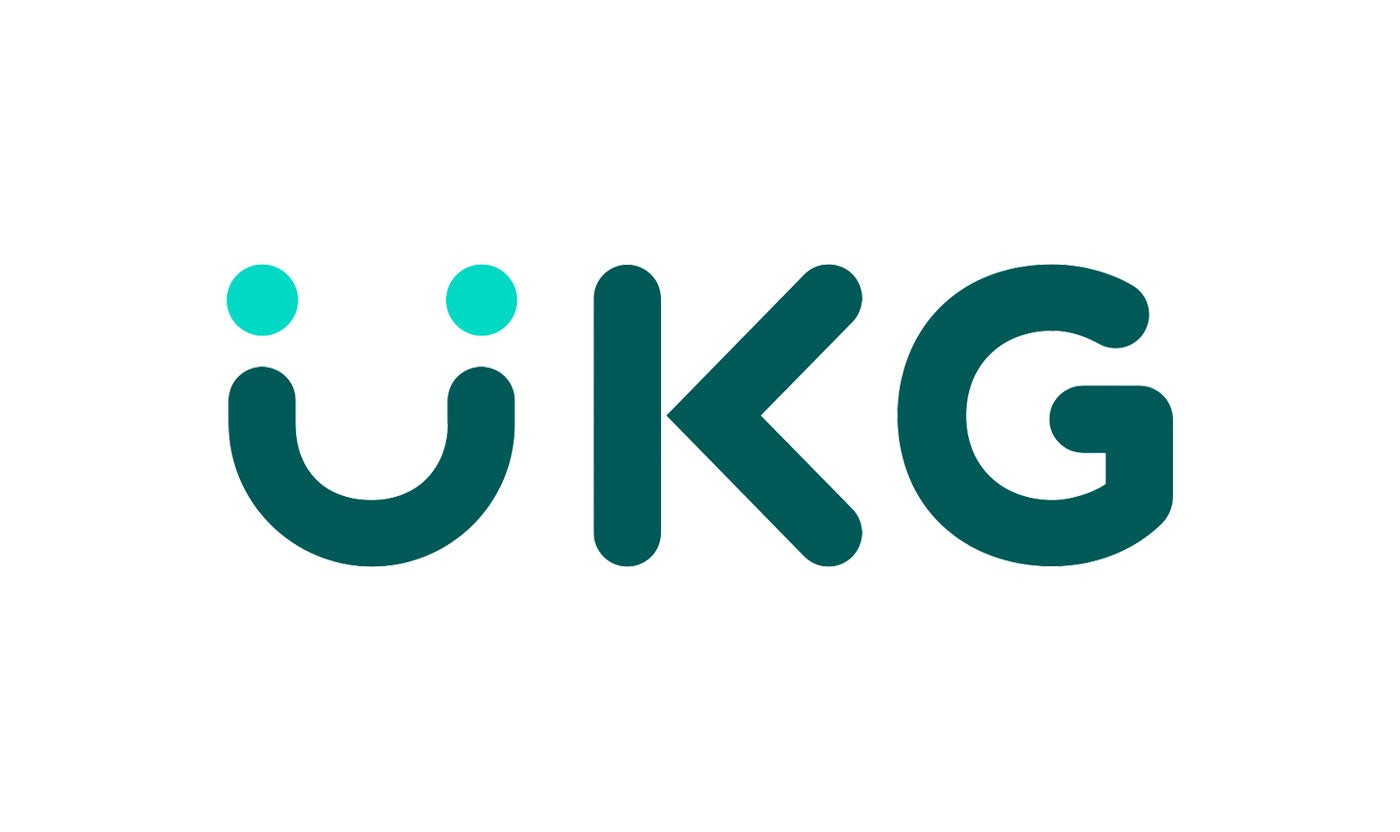
Our partnership with Ultimate Kronos Group (UKG) supports the entire talent lifecycle by bringing frictionless recruiting solutions to UKG Pro Onboarding.

There’s a lot companies can measure throughout the hiring process. With the right tools, measuring is the easy part. Knowing what to measure and how to communicate and act on it is another.
Today we’ll look at three examples of companies using metrics to inform how they attract and engage candidates, source from a more diverse pool of candidates, and save money every year by helping to improve their hiring efficiency.
Three very different companies with very different challenges and approaches.
In each, you’ll notice an underlying theme: The ability to measure performance generally improves performance. The ability to communicate proof of concept to business leaders – and not just those in HR – frees up additional resources and improves performance further.
Ready to learn more about KPIs, metrics, and more? Check out our guide, Actionable analytics: Your path to a strong recruitment marketing ROI.

Here are the four key metrics Cedar Fair monitors daily during hiring season:
Cedar Fair’s recruiters get in the weeds with these numbers, keeping close eyes on their personalized analytics dashboards. But they aren’t the only ones interested. Their success is the company’s success. Higher-level reports, including the numbers above, get sent to executives daily in the run-up to park openings.
Read more of Cedar Fair’s story here.

Before the iCIMS Talent Cloud, Celanese’s recruiting process was completely manual. This made hiring between 750 and 950 positions per year across 42 countries more complicated than it needed to be. But the company was facing a growing challenge that surpassed the need to hire quickly: a lack of interested candidates.
For many, working in the manufacturing industry isn’t the most glamorous of jobs. Some candidates never consider it because they may hold outdated perceptions of loud, noisy plants and working long hours for little pay. This isn’t modern manufacturing, and it isn’t Celanese.
Many manufacturing jobs are highly specialized. They’re niche positions that require very specific credentials. The resulting pool of qualified candidates is far smaller than many manufacturers would like.
For Celanese, the answer is growing their workforce responsibly and intentionally. This includes a commitment to sourcing diverse candidates and bringing historically underrepresented groups (including women and ethnic minorities) into quality, stable manufacturing careers.
Robust metrics and reporting give Celanese’s team a 360-degree view into its diversity hiring efforts – a major priority for its executive team.
Recruiters monitor diversity metrics throughout the hiring process and see if there are areas where candidates drop out. Knowing when, where, and why diverse candidates fall off has helped them up their game, including showcasing diverse employees throughout the company in short, snackable videos.
“Pulling that data when you’re all in one system is essential,” says Jim D’Amico, Global Talent Acquisition Leader at Celanese. “We can put together comparative data, and not just on the basic talent metrics.”
Today, 93% of Celanese’s hiring slates include diverse candidates, up from 77% just a couple of years ago.
Read more of Celanese’s story here.

What’s worse, there’s no one you can ask. Making dinner, once usually such an achievable task, has becomes nearly impossible.
AmTrust Financial’s recruiting team once found themselves in a similar predicament. Their recruiting suffered because they didn’t have insight into what was working and what wasn’t.
“We had a very old applicant tracking system – I call it the dinosaur of applicant tracking systems,” says Kimberly Bowen, AmTrust’s former VP of Talent Acquisition.
“It didn’t have any automation and didn’t give us good data. It was really difficult to evaluate how we were doing moving candidates through the workflow.”
The lack of automation meant Bowen’s team spent a lot of extra time logging in and out of systems and doing redundant tasks. That could be addressed, given the proper tools. The real challenge was that her team didn’t know where to spend their time and effort sourcing candidates. This led to tension in the business.
“We were in the stone age. Our business leaders thought recruiting wasn’t working, that the recruiting team wasn’t doing everything to get them good talent.”
Bowen’s team was leaning heavily on outside agencies to fill the roles they needed. It wasn’t a great look.
The solution? AmTrust desperately needed a new ATS that could integrate with their existing Workday system. Bowen’s team evaluated six vendors before going with the iCIMS Talent Cloud to rebuild AmTrust’s recruiting.
Clear, precise data keeps AmTrust’s executives happy – as does saving $13,000,000 per year in recruiting agency fees. That’s thanks to Bowen’s team, who now have insight into what’s working and what’s not, allowing them to make data-driven decisions.
Read more of AmTrust Financial’s story here.
We don’t track recruiting KPIs because it’s good for our health. We do it to see what’s working and what isn’t. Just as important is doing so in such a way that it’s easy to communicate success and ongoing challenges to business leadership. Then, and only then, do we get the buy-in and resources we need to address those challenges head-on.
Ready to learn more about KPIs, metrics, and more? Check out our guide, Actionable analytics: Your path to a strong recruitment marketing ROI.
